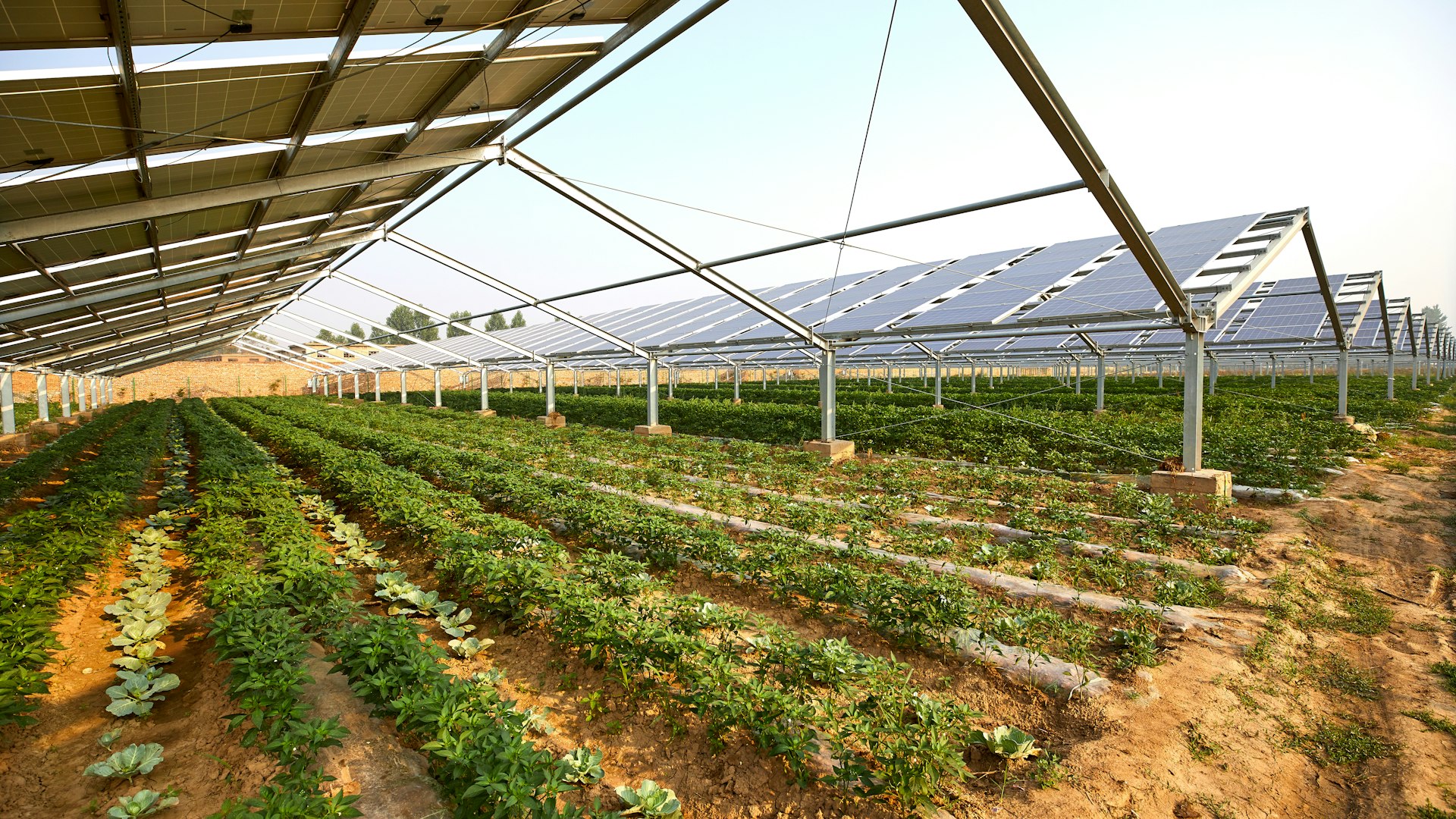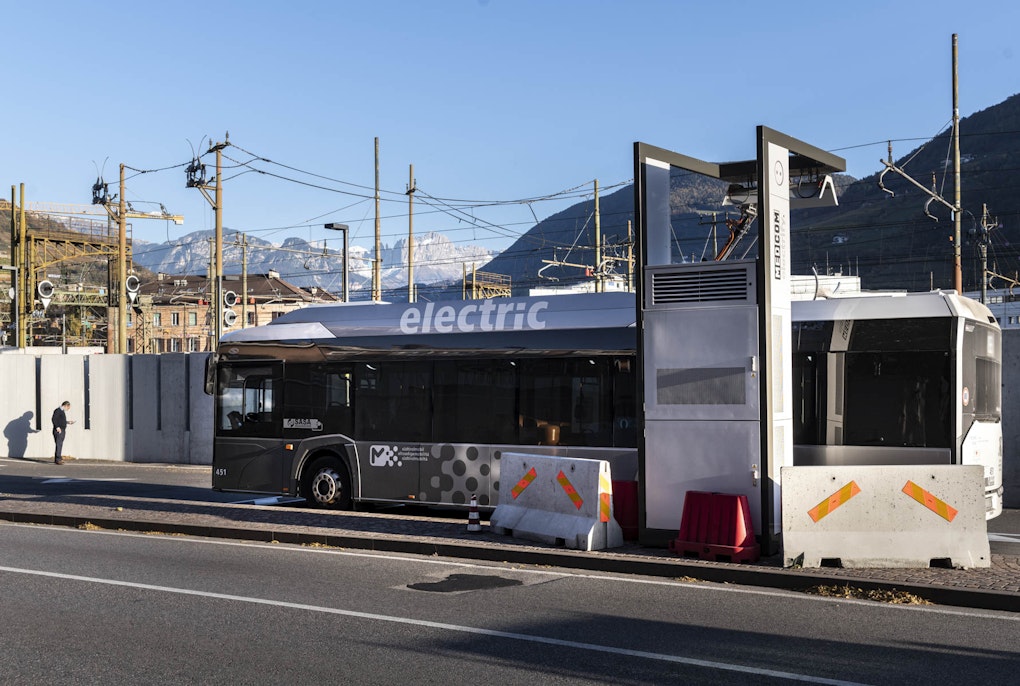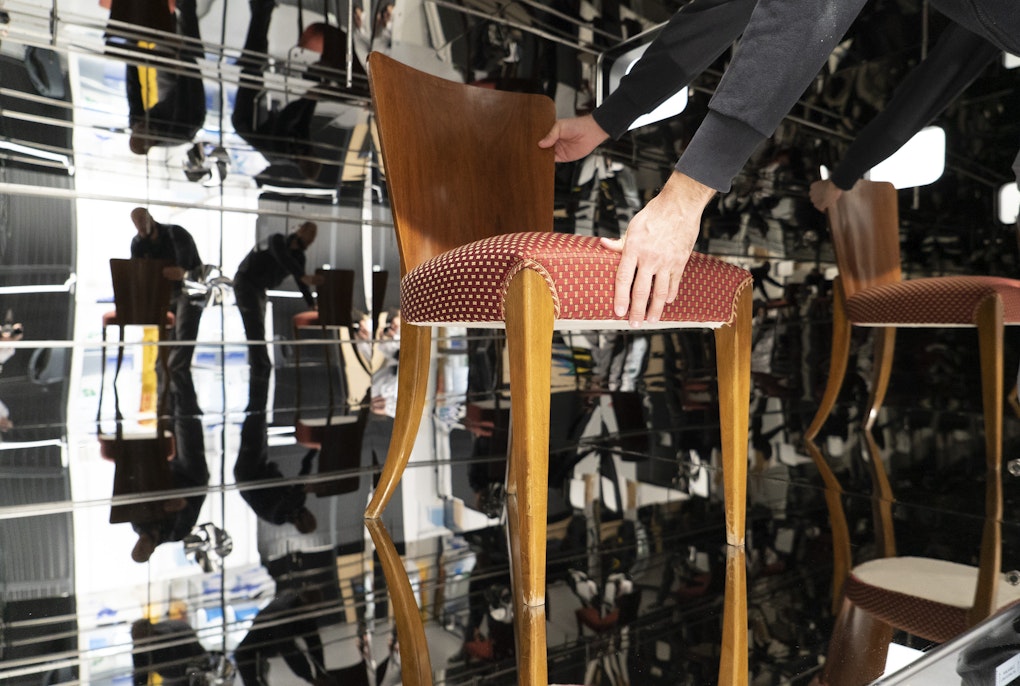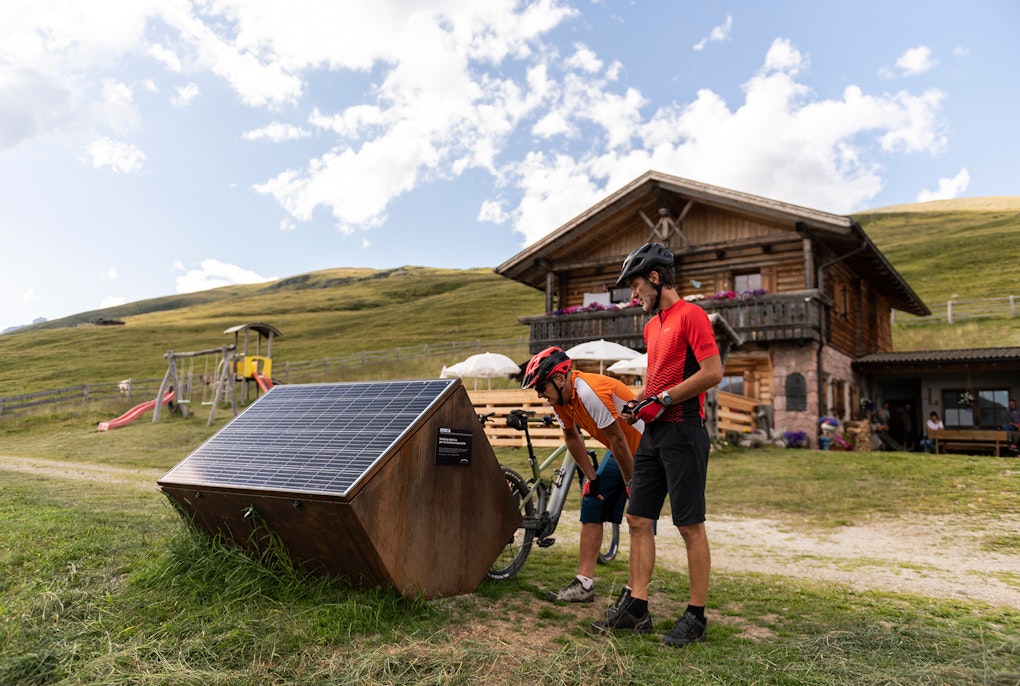magazine_ Interview
Under the same sun
Growing food and generating energy on agricultural land at the same time is both possible and profitable. Photovoltaic expert David Moser explains why it’s also the future.
Agrivoltaics use farmland to produce solar energy: crops are grown below and electricity is generated above on photovoltaic modules. The system shades the crops below and can house sensors to monitor the environment.
Agrivoltaics is not new. It is a technology that was explored a decade ago but never got off the ground. Now, however, it is one of the emerging areas in renewable energy research. What changed?
David Moser Europe is aiming to become a zero-emission continent by 2050. Even just to get close to that goal, the share of energy we produce from renewable sources has to grow dramatically, and solar, at least in Italy, is the dominant source. Favoring agricultural land over less feasible open-field installations, limits land consumption and could give farms a tool to both optimize production and increase profitability, an aspect that shouldn’t be overlooked considering the increase in consumption resulting from the electrification of processes and means of transport in the agronomic supply chain.
How widespread is it in Italy?
David Moser In May 2023, the largest agrivoltaic plant in Italy went into operation in Mazara del Vallo in Sicily; it occupies 115 hectares – a soccer field takes up less than one. Another similar plant will be ready in the Catania area soon too. In addition, there is a decree in the pipeline allocating more than one billion in PNRR funds to implementing agrivoltaics, with the goal of reaching a production of 1.04 megawatts soon. We can expect to see a growth in installations. Ands even though there is no firm development yet, there is a lot of potential.
In Italy, pilot installations predominate and are very important for testing particular functionalities of the systems to be integrated into crops, they include but aren’t limited to anti-hail systems, rainwater harvesting or advanced sensor systems that monitor agricultural production and optimize irrigation. In South Tyrol, as part of the European project Symbiosyst, we will soon install two of these systems together with colleagues from the Laimburg Research Center. One will be placed over a newly planted apple orchard and the other over an existing, already productive apple orchard. This way we will be able to compare the two.
We will also work on modeling, which is critically important to provide design support. We need to consider how best to combine the world of energy modeling with the world of vegetative growth. It’s a very demanding but highly fascinating challenge. Testing technologies and producing scientific data is important to make this technology increasingly efficient and convince even the most sceptical.
It is important to let people know that agrivoltaics can be applied in different contexts in harmonious integration with the land.
David Moser
Like the South Tyrolean administration? In the province of Bolzano, the installation of agrivoltaic systems is not yet a legal requirement.
David Moser Perhaps. In the project we are working on together with the Bauernbund – the association of South Tyrolean farmers, there is an openness and curiosity on their part. It is becoming increasingly clear that photovoltaics and agriculture can have a mutually beneficial relationship, especially if the choice is not primarily aimed at electricity production, but if a synergy with agricultural production is given equal value.
We still need to work on generating social acceptance and interest in agrivoltaic solutions so that the technology proposition is not misunderstood. It is important to let people know that agrivoltaics can be applied in different contexts in harmonious integration with the land, so local governments could also see it as an opportunity. And according to our data, there’s another opportunity that should not be ignored: by using just over three percent of the area planted with apple orchards and vineyards, the photovoltaic targets that are set out in the Province’s Climate Plan could be met.
In order to support administrations, we published a paper where we explain the main points to consider when defining guidelines and regulatory aspects on agrivoltaics. Our paper is designed to provide a starting point that avoids the misuse of the definition of agrivoltaics and which brings out the agronomic aspect and its benefits instead.
How is the technology evolving?
David Moser In just under a year, the Symbiosyst project has found ways to make installations more cost-effective. We need standardized solutions that include PV modules, mounting structures, and simple operation and maintenance systems that can be adapted to the needs of various crops in different climates and landscapes. We are working together with internationally renowned companies and research centers to develop innovative solutions, and we will test them in the field in four agricultural scenarios that differ in location, climate, size, and type of crops.
The project
Symbiosyst
The SYMBIOSYST project is funded by the Horizon Europe program. The innovation initiative was launched in January 2023 with the goal of combining energy supply problems with the needs of the agricultural sector and creating a symbiosis in which photovoltaics and agriculture can have a mutually beneficial relationship. Eurac Research is coordinating the project, and the South Tyrolean partners involved are the Laimburg Research Center and the Südtiroler Bauernbund. EF Solare Italia, one of the leading photovoltaic companies in both Italy and Europe, is also among the partners.
The project aims to develop technological solutions and strategies to increase the competitiveness of agrivoltaic solutions in Europe, while minimizing the impact on the landscape and surrounding environment. Four pilot installations are planned, one in South Tyrol on the grounds of the Laimburg Research Center.
The project brings together 17 partners and has a total budget of about five million euros.






